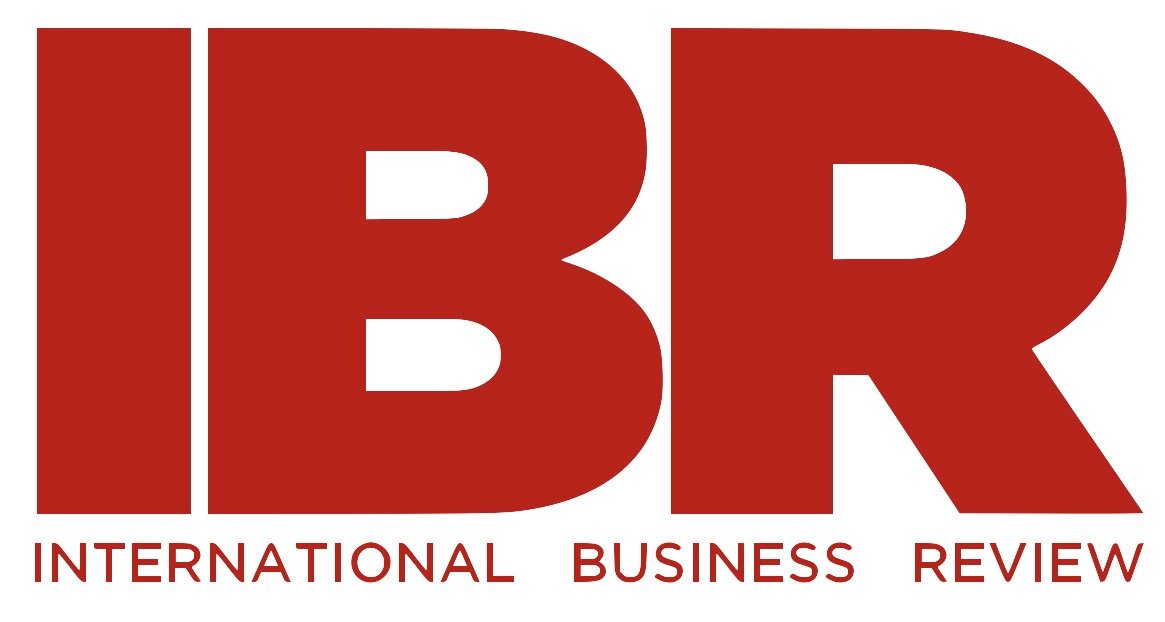The Li Keqiang Index was up 150.2 percent in first half of 2016, compared with a steady GDP growth of 6.7 percent. Chart created by Bloomberg terminal, Sep.16, 2016.
In 2007, China’s Premier Li Keqiang, then-party chief of Liaoning province, told a U.S. ambassador over dinner that he did not trust China’s official GDP figure. Instead, he used three other indicators — railway cargo volume, electricity consumption and bank loans. The “Li Keqiang Index,” was created by The Economist in 2010 by combining the three factors and has since become an alternative measure of China’s economy.
This year, an abnormal discrepancy between the two indexes emerged. While China’s GDP growth remains steady at 6.7 percent, the Li Keqiang Index, measured by Bloomberg, surged by 150.2 percent in the first half of 2016, the largest growth in the comparable period since 2009.
Although the GDP figure and the Li Keqiang Index don’t always go hand in hand, in the past two years the Li Keqiang Index has painted a more dismal picture of the economy than the headline GDP number. Focusing on traditional economic drivers, like energy-heavy and manufacturing sectors, it does not reflect China’s rising new sectors, such as services, technology and clean energy.
However, the relationship between the two indexes is reversing as the Li Keqiang Index picks up. Does it mean the old industrial and manufacturing economy is returning? Not necessarily. A more granular analysis shows that the growth is primarily driven by rising bank loans, or in other words, government-backed stimulus. Among the three metrics, electricity consumption grew by 2.7 percent in the first half of the year, although it was more than offset by a 9.4 percent decline in rail freight volume.
Thus, the biggest growth factor is bank lending, which in turn supported massive government spending. In the first eight months this year, state-owned enterprises increased investment by 21.4 percent.
Yet, extending bank loans is concerning: while it boosts the short-term economy, it may make the Chinese economy more vulnerable to shocks in the medium and long-terms. China’s debt level has already reached historic highs, with a government debt-to-GDP ratio of 43.9 percent last year. Furthermore, this stimulus capital does not flow to private businesses, where it is most needed.
“Loans go to state-owned enterprises (SOEs), not the private small and medium businesses,” said Ming Lu, Professor of Economics at Shanghai Jiaotong University and the director of the China Center for Development Studies. “The returns of SOEs are low, but banks still prefer to lend to them since they are backed by the government.” Unlike the soaring public spending, fixed-asset investment growth in the private sector has been slowing this year.
A similar pattern happened in 2009, when the Li Keqiang Index spiked, but GDP did not. Amid the financial crisis, the Chinese government approved a RMB 4 trillion, or USD $586 billion, stimulus package. But the money was misallocated.
“A popular saying at that time was — steel factories were built for constructions of more steel factories,” says Professor Lu. The state-owned enterprises, the main recipients of the capital, invested heavily in infrastructure and properties, leading to industrial overcapacity, ghost towns and heavy debts — economic problems that are still vivid today.
While the Li Keqiang Index no longer depicts the full picture of China’s economy, as Premier Li himself explains in the Economist in 2015, it does remind us that the story of 2009 may be repeated.

